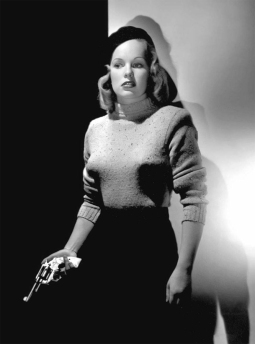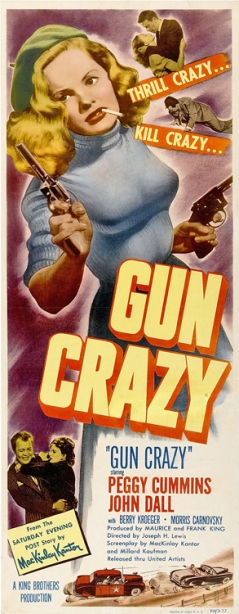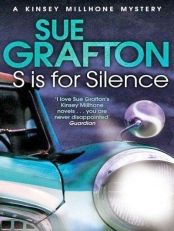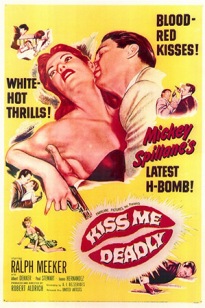Author S.A. Stoval lives in California’s San Joaquin Valley. She’s an attorney, writer and video game enthusiast. Her new novel is a modern take on the venerable mystery noir genre. Here she explains the book and talks about the somewhat unusual point of view she chose.
What is your new book about and what prompted you to write it?
My novel, Vice City, is a noir thriller. I wrote it (true story) as a personal novel for one of my friends. I even dedicated the novel to her (because, hey, it was written for her!).
In the beginning, she told me she wanted an interesting, gritty story with a romance sub-plot. For years she’s told me she loves my gritty style of narration, so I decided to go with it. I wrote her chapters like installments of a TV show, delivering every other night for a few weeks.
Vice City is a crime thriller where the main character, Pierce, is a mobster, and each chapter shows another day in Pierce’s life as he slowly realizes it’s crumbling around him. A rival gang is moving in, the ruling structure of his crime family is falling apart, and Pierce wants out before things go to hell in a handbasket (pardon my language).
My friend loved it. And then my husband said he also loved it. Then I approached an agent and he loved it—so here we are today! Thanks go to my good friend and her odd request!
You write in first person, present tense. What made you choose that style?
I like first person, present tense because it feels more immediate—the action is happening right now, this isn’t a story that happened years ago.
Additionally, first person is great if the main character has a lot of voice and personality. Their attitude colors the whole feel of the novel. A story told by a jaded old veteran feels a lot different than a story told by a wide-eyed high school student, that’s for sure, and my protagonist is a guy with a lot of colorful things to say about the world.
And since my novel, Vice City, is more of a noir novel, it’s fitting that’s it’s told from the viewpoint of a single person, rather than a detached third person narrator.
Why did you choose to write a crime (mystery) novel?
I know a great deal about law and crime. I worked with drug addicts in court and love gritty dark-atmosphere stories, and crime lends itself to that without losing realism.
How did you choose the title for your book? Did it come to you right away, before you started writing the story, or did it come later?
The main mobster family has the last name ‘Vice’ so it seemed fitting (since they’re the ones running the underworld scene). And Vice City is easy and catchy. What’s not to like?
How does your legal background influence your novel?
Like I said before, I know a good deal about law. Specifically, I’ve worked with a lot of criminals (especially reformed criminals—people coming off probation or getting out of jail/prison). I really like redemption. I think humans are capable of changing (and we often do) so I’ve always admired people with criminal backgrounds who decide to turn it around for the good of themselves and their family.
I think seeing that resolve and human spirit in the court room has helped with my novel. Pierce is a guy who wants to move onto a better life, and that’s true to the men and women I saw walking out of a court with a new lease on life.
How did you come up with the names of your characters?
I like names that look distinct from others (so that it’s never confusing who is who). The five major characters in the book have very different names from one another: Pierce, Miles, Guinevere, Jayden, and Big Man Vice. Can’t mistake those names!
Does your book come with a strong message or moral?
The entire novel has a message of redemption and forgiveness. Pierce is a man who regrets most of his life, and his new protégé is a man just beginning a life of crime. Pierce tries to convince the guy that life on the streets isn’t a real life at all, and it’s a theme I greatly enjoy.
Without giving away too much, what’s your favorite part of the book? What part did you enjoy writing the most?
My favorite part is the ending. It’s always the ending, actually. Every book I’ve ever written. I love epic resolutions, tense stand-offs, and poetic confessions of love. Vice City doesn’t have all of those, but it gets close.
Who are some of your favorite authors, genres?
My favorite genres are science-fiction, fantasy, and thrillers. Ironically, I wrote Vice City for someone who wanted romance with a plot, but I don’t read romance (I’m sorry to everyone who loves it) so I ended up writing a gritty crime thriller with a romance side-plot. Oops?
My favorite author of all time is Robert A. Heinlein.
——–
S.A. Stovall grew up in California’s central valley with a single mother and little brother. Despite no one in her family having a degree higher than a GED, she put herself through college (earning a BA in History), and then continued on to law school where she obtained her Juris Doctorate.
As a child, Stovall’s favorite novel was Island of the Blue Dolphins by Scott O’Dell. The adventure on a deserted island opened her mind to ideas and realities she had never given thought before—and it was the moment Stovall realized that story telling (specifically fiction) became her passion. Anything that told a story, be it a movie, book, video game or comic, she had to experience. Now, as a professor and author, Stovall wants to add her voice to the myriad of stories in the world, and she hopes you enjoy. Visit her at https://sastovallauthor.com/
Get Vice City at Amazon or Barnes and Noble


 As we learn in the film’s first scene, Bart became a crack shot through years of shooting bb guns and larger weapons as a child. His obsession with guns—despite abject fear of hurting anyone or anything—leads him to steal a revolver from a store window. He’s caught and sent to reform school before joining the service.
As we learn in the film’s first scene, Bart became a crack shot through years of shooting bb guns and larger weapons as a child. His obsession with guns—despite abject fear of hurting anyone or anything—leads him to steal a revolver from a store window. He’s caught and sent to reform school before joining the service.











 Nothing More is a suspense rather than a detective novel, but it’s one with a number of mysteries, a pursuit and twists and turns and it’s sprinkled with clues to the outcome. Some of the clues come from the details of running a movie theatre. Unfortunately, Thompson includes too much theatre operations minutia, of little interest to twenty-first century readers.
Nothing More is a suspense rather than a detective novel, but it’s one with a number of mysteries, a pursuit and twists and turns and it’s sprinkled with clues to the outcome. Some of the clues come from the details of running a movie theatre. Unfortunately, Thompson includes too much theatre operations minutia, of little interest to twenty-first century readers.